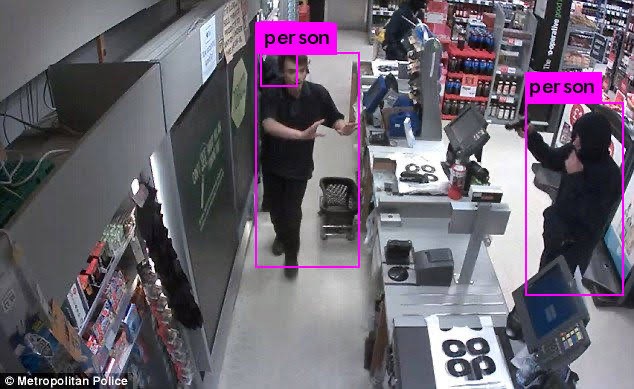As technology continues to evolve, so do the methods used by criminals to commit fraud and other crimes. Forensic image authentication has grown in importance in the digital age for investigators trying to distinguish fact from fiction in digital evidence.
Whether it’s detecting a doctored photograph or identifying an altered video, forensic image authentication is vital for ensuring the integrity of evidence and upholding the rule of law. This important method and its place in contemporary forensic investigations will be examined in greater detail in this article.
What is forensic image authentication?
The process of confirming the authenticity of a digital image or video is known as forensic image authentication. This involves analyzing the image or video to determine whether it has been altered or manipulated in any way. There are several techniques used in forensic image authentication, including digital watermarking, image analysis, and comparison with original or reference images.
What is the significance of forensic image authentication?
Forensic image authentication is significant for various reasons. Above all else, it assists with guaranteeing the respectability of advanced proof. Any evidence presented in court during a criminal investigation must be admissible and reliable. Forensic image authentication ensures that digital evidence can be used in court to support a conviction and helps to verify the authenticity of that evidence.
How is forensic image authentication used in criminal investigations?

A wide range of criminal investigations, including those involving fraud, forgery, and cybercrime, make use of forensic image authentication. For instance, measurable specialists might utilize picture examination programming to distinguish indications of altering in a photo, like crisscrossed shadows or irregularities in pixel thickness. Forensic image authentication can assist in determining the true nature of a transaction and identifying fake or altered documents in a case of financial fraud.
What are the challenges of forensic image authentication?
Although it is a powerful tool, forensic image authentication does not come without its difficulties. The rapid development of digital technology is one of the main obstacles. Criminals constantly discover new methods for manipulating digital videos and images as new software and tools become available. As a result, in order for forensic experts to continue to be effective, they must constantly keep up with the most recent methods and tools.
What does the future hold for forensic image authentication?
The techniques used in forensic image authentication will also change as technology continues to advance. For instance, researchers are looking into how to identify signs of tampering in digital videos and images by utilizing machine learning and artificial intelligence algorithms. In the future, this may result in forensic investigations that are more effective and efficient.
Conclusion
In today’s criminal investigations, forensic image authentication is an essential tool. Digital evidence’s authenticity can be verified, ensuring that justice is served and the rule of law is upheld. To remain effective in this rapidly changing field, forensic experts must keep up with the most recent techniques and tools as technology advances.





